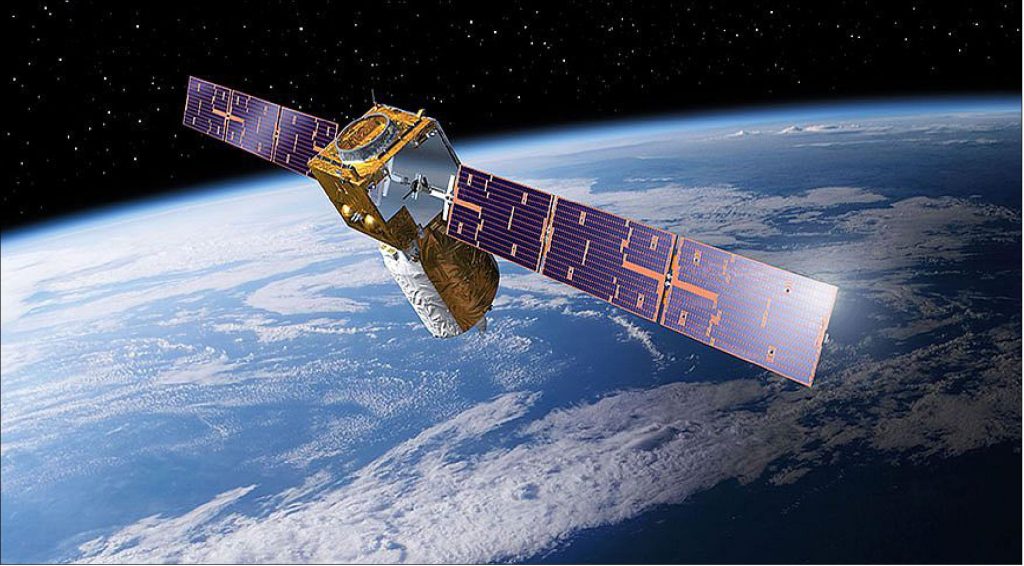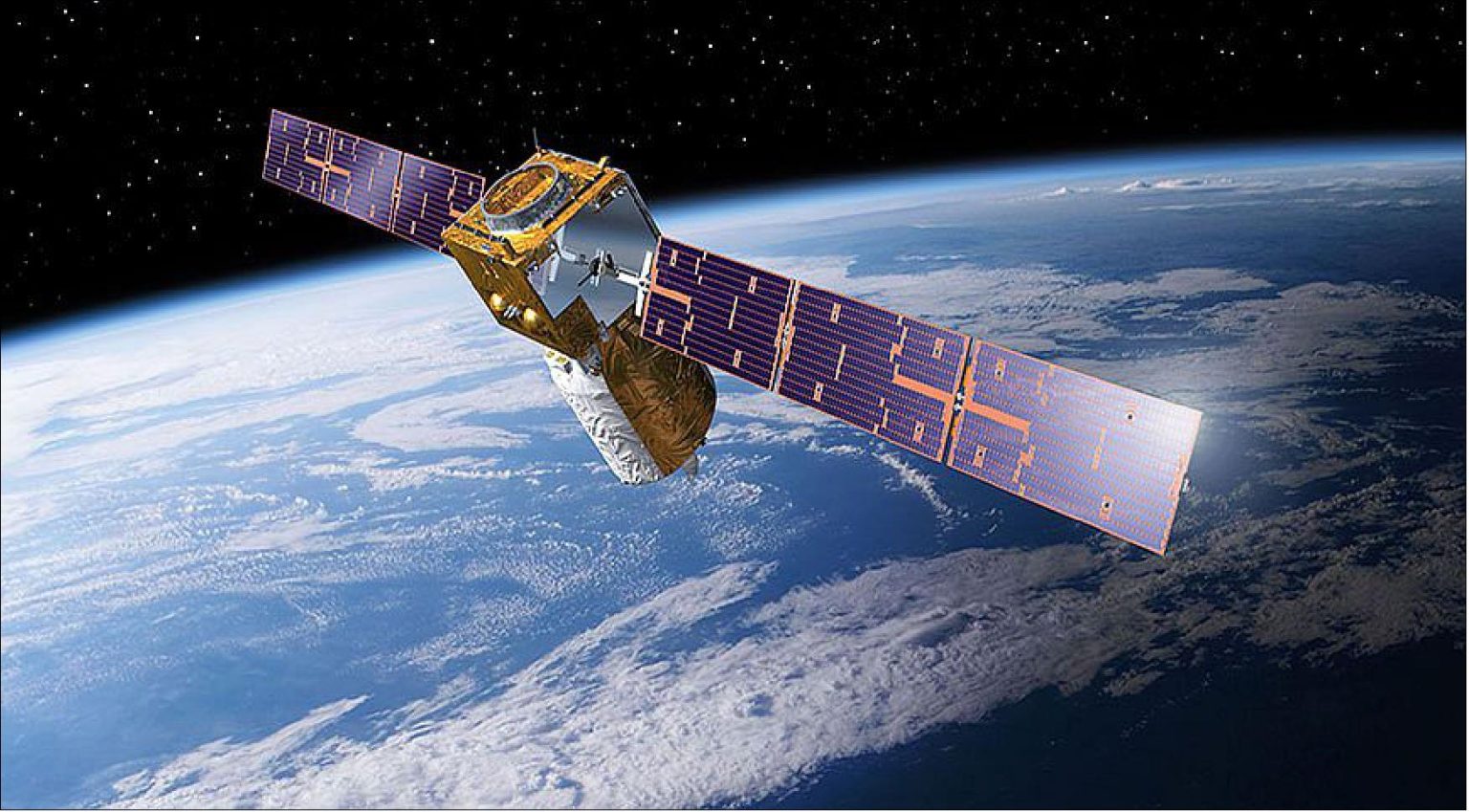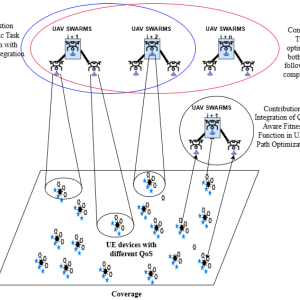The European Space Agency (ESA) is simulating the assisted return of its Aeolus satellite to Earth. The satellite’s fuel is running out, and once it runs out, Aeolus will naturally begin to descend through the atmosphere. Mission control will command the satellite for the last time, targeting its reentry towards the ocean to reduce the risk of its return.

Aeolus’ Return to Earth
The European Space Agency’s (ESA) Aeolus wind mission is scheduled to return to Earth in 2023. The spacecraft will be deorbited over the Pacific Ocean, and mission control is already feeling the heat.
Aeolus is a wind lidar, which means it uses laser light to measure wind speed and direction. The spacecraft has been orbiting Earth since 2018, and it has collected a wealth of data about the global wind system.
The data from Aeolus is essential for weather forecasting, climate modelling, and other applications. However, the spacecraft is reaching the end of its lifespan, and it will need to be deorbited in 2023.
The deorbiting process is complex and challenging. Mission control will need to carefully calculate the spacecraft’s trajectory so that it safely enters the atmosphere and burns up.
If anything goes wrong, the spacecraft could crash into the ocean, potentially causing environmental damage. This is why mission control is feeling the heat.
They are under pressure to ensure that the deorbiting process goes smoothly. A successful deorbiting would be a major achievement for the ESA, and it would ensure that the valuable data from Aeolus can be used to benefit society.
Conclusion:
The simulations are an important part of the preparations for the assisted return of Aeolus to Earth. The simulations are helping mission control to practice real-world operations and to prepare for any unexpected events that may occur.











